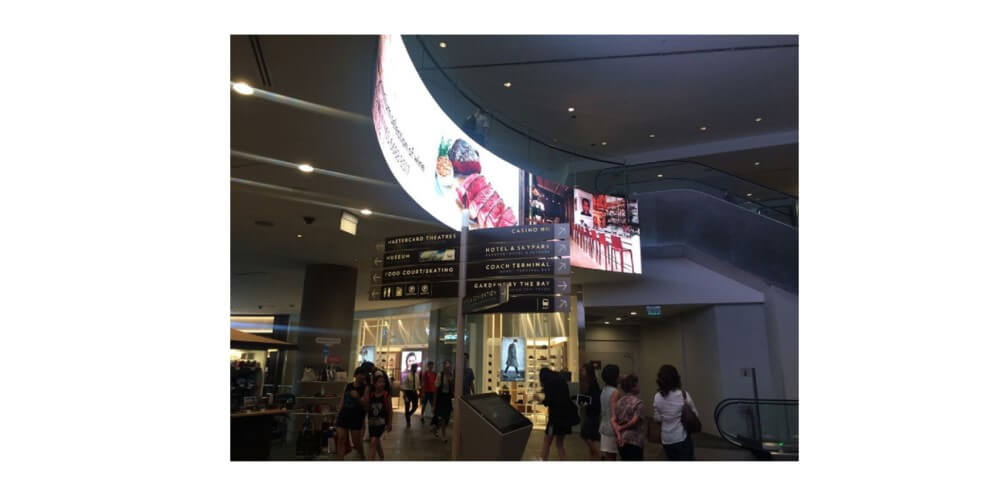LED screens have come a long way and now exist in more forms than just the living room TV. Display screens are moving on a rapid technological developmental pace, with a shortened timeline over the years. The segment has borrowed from prevalent and progressive technology concepts from other areas to improve parameters such as footprint, weight, performance, and durability. Below are some of the notable developmental points of LED displays and the intersection with current technology:
Early LED Panels
The first kinds of LED displays appeared in the 1970s, with prototype presentations for thin, flat modular panels. The proposition was to replace an aged CRT (Cathode Ray Tube) technology with a tiled LED matrix design. The first LED panel was monochromatic and utilized fundamental electromagnetic displacement and inductive deflection removal.
The design heralded the thin and light properties, which shaped the commerciality of future models.
Present LED Display Applications
Going from its monochromatic beginnings, LED displays have acquired color technology improvements to deliver vibrant digital images and motion pictures in recent times. Some of the current types of LED displays available on the market include:
- 7-section LED
The display segments represent the numbers 0-9, and they light up or turn off to display the corresponding number. Manufacturers widely use the 7-segment display arrangement in simple calculators, digital wristwatches, and clocks.
- 16-section LED
The 16-section LED takes screen displays further to accommodate alphabets and numerals. The 16 points light up to indicate A- Z and 0-9. Scoreboards, caller IDs, and digital clocks use the 16 section LED screen.
- Dot Matrix LED
Instead of segments, Dot Matrix LED technology utilizes individual LED beads to represent actual symbols and figures. Temperature readings and other primary modern displays use the dot matrix display technology.
Modern TVs and computer screens use LEDs based on multiple color bases. It enables them to display a broad spectrum of colors. With tri-color technology, flexible LED screen manufacturers now utilize modern LEDs that can display up to 16 million different colors. The displays now exist in smartphone displays, TVs, and computer screens.
With the advent of Organic LED (OLED), other sections of the display, such as energy-saving and color science, have improved. OLED panels do not light up all LED pixels at once, as a traditional LED would power up the individual LED beads only when needed. It makes for better contrasts, deeper blacks, and more vibrant colors overall.
MicroLED and the Future of Displays
Displays are looking to implement MicroLED on a commercial scale in the future. The technology utilizes microscopic-sized LED units to form individual pixels. MicroLEDs promises faster refresh times and energy savings. However, flexible LED screen manufacturers have experienced production constraints on developing the technology, majorly due to scaling and feasibility.
Conclusion
Modern technology has bolstered the proliferation of LED displays in various consumer classes. Advances in color technology and nanotechnology have offered gains in the display section, expanding their use cases commercially. The above lists highlight LED displays’ progression over the last few decades and outline future development direction.

